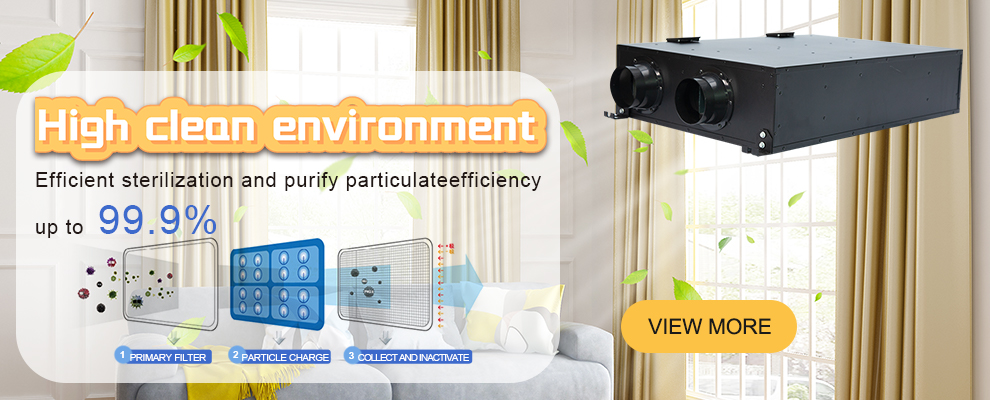A whole house ventilation system is designed to ensure that your home is well-ventilated, providing a healthy and comfortable living environment. One of the most effective systems is the fresh air ventilation system, which introduces outdoor air into your home while exhausting stale indoor air.
The fresh air ventilation system works by drawing outdoor air into your home through intake vents, typically located in the lower parts of the house. This incoming air passes through a filter to remove pollutants and particles before being distributed throughout the home.
An important component of a fresh air ventilation system is the Erv Energy Recovery Ventilator (ERV). The ERV works by recovering energy from the outgoing stale air and transferring it to the incoming fresh air. This process helps to maintain a consistent indoor temperature, reducing the need for heating or cooling and saving energy.
As the fresh air ventilation system operates, it continuously replaces indoor air with outdoor air, ensuring that your home remains well-ventilated and free of contaminants. The ERV enhances this process by making the ventilation more energy-efficient.
In summary, a whole house ventilation system with a fresh air ventilation system and an ERV works by introducing outdoor air into your home, filtering it, and recovering energy from outgoing stale air. This system ensures that your home is well-ventilated, healthy, and energy-efficient. By investing in a whole house ventilation system with a fresh air ventilation system and an ERV, you can enjoy a more comfortable and sustainable living environment.
Post time: Apr-14-2025







